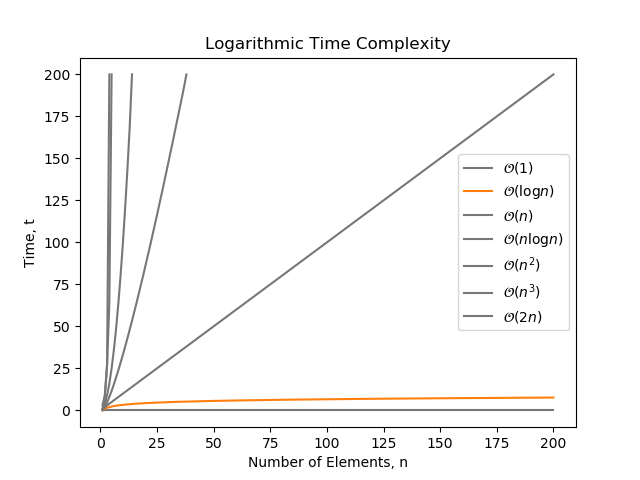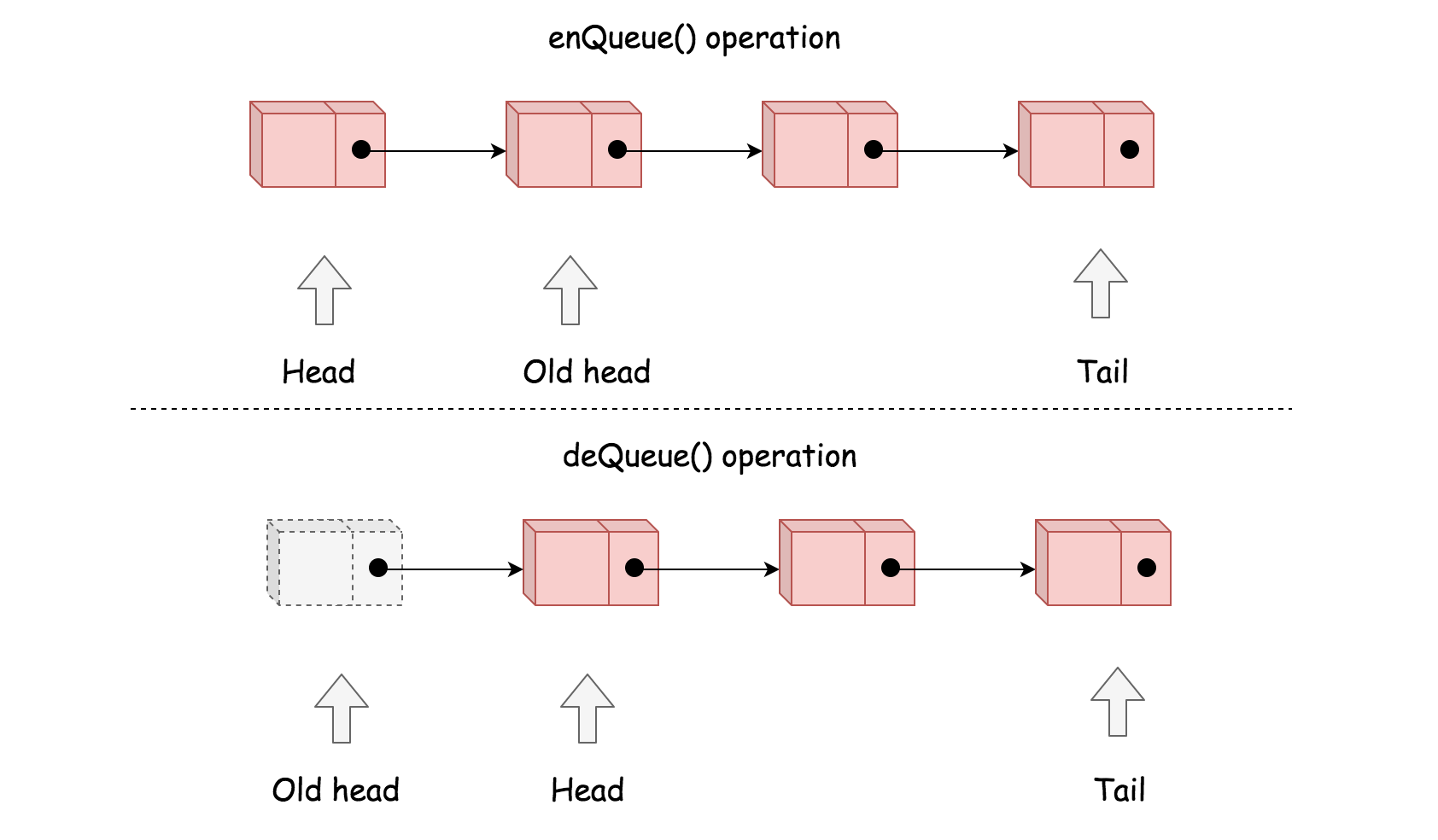

Please Login to be part of the discussion. Deletion is considered as one main operation.

Break the ice and start the conversation. For simplicity, the time complexity for insertion of an element, into a linked list, is written as: O (n) Deletion. Given below is the Node class to perform basic list operations and a Stack class with a no arg constructor. What would be the asymptotic time complexity to add an element in the linked list O (1) O (n) O (n2) None of the mentioned reportproblem Report bookmark Save filterdrama Explanation Discussion No one started the discussion yet. Linked list is the second most-used data structure after array. Node fields in SLL is 2 (data and address of next node) whereas in DLL is 3(data, address to next node, address to previous node).ģ. Time Complexity Running time or the execution time of operations of data structure. Which of the following statements are not correct with respect to Singly Linked List(SLL) and Doubly Linked List(DLL)?Ī) Complexity of Insertion and Deletion at known position is O(n) in SLL and O(1) in DLLī) SLL uses lesser memory per node than DLLĭ) Number of node fields in SLL is more than DLLĬlarification: To insert and delete at known positions requires complete traversal of the list in worst case in SLL, SLL consists of an item and a node field, while DLL has an item and two node fields, hence SLL occupies lesser memory, DLL can be traversed both ways(left and right), while SLL can traverse in only one direction, hence more searching power of DLL. The successor of the head node is changed to head and deletes the predecessor of the newly assigned head node. What is the best case time complexity of deleting a node in a Singly Linked list?Ĭlarification: Deletion of the head node in the linked list is taken as the best case. Using recursion, you can simplify a lot of complex problems that would be difficult otherwise.Data Structure Multiple Choice Questions on “Stack using Linked List”.ġ. mylist. and you want to insert the number 3 right after the element 8. Imagine that you have a Python list filled with integer numbers. It’s a widely used practice of solving a complex problem by breaking it into smaller instances of the problem until we can solve it. Therefore, the insertion time complexity of a singly-linked list is O (1). Python’s deque objects are implemented as doubly-linked lists which gives them O (1).


For Queues, there is a collection called deque. Here, you can see the power of recursion. In Python, lists are usually used to represent stacks. Once n = 1 n = 1 n = 1, the function will return f a c t o r i a l ( 1 ) = 1 factorial(1) = 1 f a c t or ia l ( 1 ) = 1, and we get f a c t o r i a l ( 4 ) factorial(4) f a c t or ia l ( 4 ) equal to 4 ∗ 3 ∗ 2 ∗ 1 4 * 3 * 2 * 1 4 ∗ 3 ∗ 2 ∗ 1, which is 24. Say the n n n value is 4 the function will returnĤ ∗ f a c t o r i a l ( 3 ) − > 4 ∗ 3 ∗ f a c t o r i a l ( 2 ) − > 4 ∗ 3 ∗ 2 ∗ f a c t o r i a l ( 1 ) 4 * factorial(3) -> 4 * 3 * factorial(2) -> 4 * 3 * 2 * factorial(1) 4 ∗ f a c t or ia l ( 3 ) − > 4 ∗ 3 ∗ f a c t or ia l ( 2 ) − > 4 ∗ 3 ∗ 2 ∗ f a c t or ia l ( 1 ) When the function is called, it will call f a c t o r i a l ( n − 1 ) factorial(n - 1) f a c t or ia l ( n − 1 ). In the example above, the function starts at a number n n n.


 0 kommentar(er)
0 kommentar(er)
